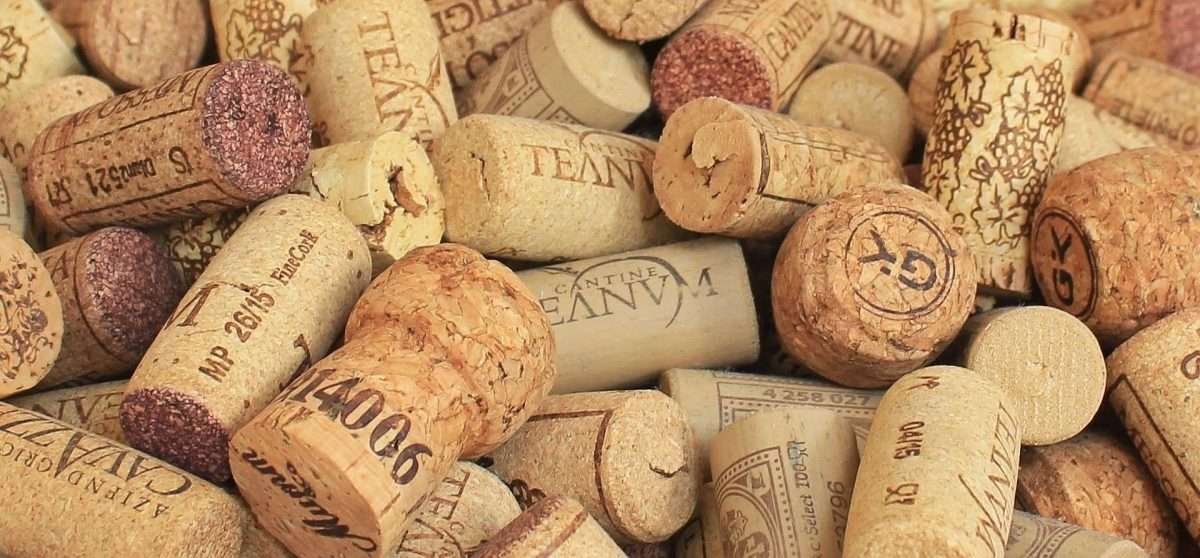Types of wine corks: Summary

Have you ever thought about how important the choice of cork for a bottle is? What's the best cap?


There are several possibilities for corking a bottle, but we must remember that bottled wines without corks are also sold. This is the case of new wines which are marketed bottled, but not corked to allow fermentation to continue. There are various types of stoppers, from the classic cork stopper to the new corn starch stoppers.
Have you ever thought about how important it is to choose the cork on a bottle of wine? What is the best cap?
Let's see together the various types of caps that we can find:
- Cork stopper
One-piece natural cork stopper
Colmated natural cork stopper
Technical cap
Agglomerated natural cork stopper
Multi-piece natural cork stopper
-Encapsulated cork stopper
-Synthetic corks
- Glass stoppers
-Screw caps (screw caps)
-Mechanical caps
- Crown caps
-Cap deriving from:
sugar cane
corn.

The one-piece cap natural cork is obtained from the plank of the bark in its thickness. The one-piece has a relatively high production cost compared to the other solutions but the quality is always excellent. The cork is waterproof and elastic and allows a good insulation of the wine in the bottle while allowing the wine to breathe. They are often used for quality wines that need aging in the bottle.
The cap in filled cork (or colmaté) is obtained by filling the porous cavities with a mixture of cork powder and adhesives.
Then we find i technical caps which are distinguished in agglomerates and multipieces. The agglomerated stopper is obtained entirely from an agglomeration of cork and glue. The multi-piece stopper also called Twintop or birondellato or 1+1, 0+1, 0+2 is composed in the central part of shredded cork and at the ends of one or two washers of natural cork.
THE encapsulated cork stoppers they consist of a cork body on whose head a plastic, wood, glass, metal, etc. capsule is glued. They are designed for sealing liqueurs, spirits and fortified wines. They are practical for re-corking and uncorking the bottle in a fast and practical way.
THE synthetic cap they are made with hot-expanded thermoplastic polymers, sometimes lubricated on the surface with silicone materials. This material prevents the wine from having "corked scents". In fact, the defect of the wine that tastes like a cork is caused by a TCA bacterium that lives and proliferates in the wood (therefore cork).
THE screw caps (in English “screwcap”) have evolved into the increasingly used screw caps. In screw caps, the outer aluminum capsule acts as the structure of the cap and holds a waterproof seal that acts as an insulator. These stoppers are becoming more and more popular thanks to their low cost, practicality and ability to preserve the wine in the bottle.
THE crown caps (“crown cork”) are the classic beer caps. They are resistant to gas pressures and are therefore used to bottle sparkling wines during fermentation in the bottle.
The cap deriving from new materials responds to the needs of eco-sustainability, in fact it can be made from corn or sugar cane fiber, therefore completely organic.



